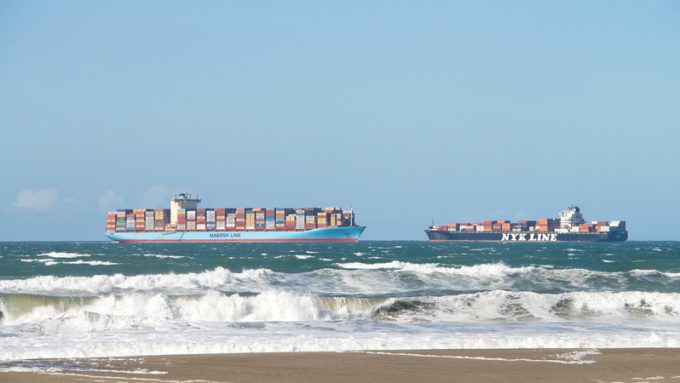Global trade volumes – strategy? WTF
Silver lining sought

Ocean carriers are “taking advantage of the moment”, according to Alphaliner, boosting their balance sheets on the back of booming demand and all-time high spot rates.
Carriers are “surfing a wave”, said the consultant, but added that mid-term visibility was low and global growth predictions for next year and beyond were shrouded in uncertainty.
Alphaliner said 2020 would be remembered as “one of the strangest years” for container shipping, with carriers issuing profit warnings at the start of the second quarter as ...
'Disastrous' DSV-Schenker merger would 'disrupt European haulage market'
New senior management for DSV as it readies for DB Schenker takeover
Volumes set to 'fall off a cliff' as US firms hit the brakes on sourcing and bookings
Asian exporters scramble for ships and boxes to beat 90-day tariff pause
Amazon pushes into LTL for small package fulfilment and UPS does a u-turn
Temporary tariff relief brings on early transpacific peak season
Pre-tariff rush of goods from US to China sees air rates soar, but not for long
Forwarders 'allowing the fox into the chicken run' by supporting 'hungry' carriers

Comment on this article